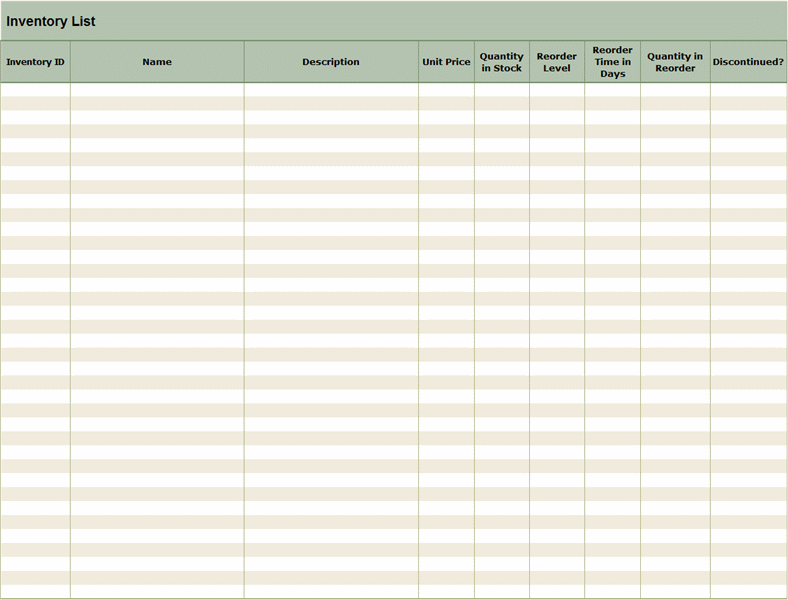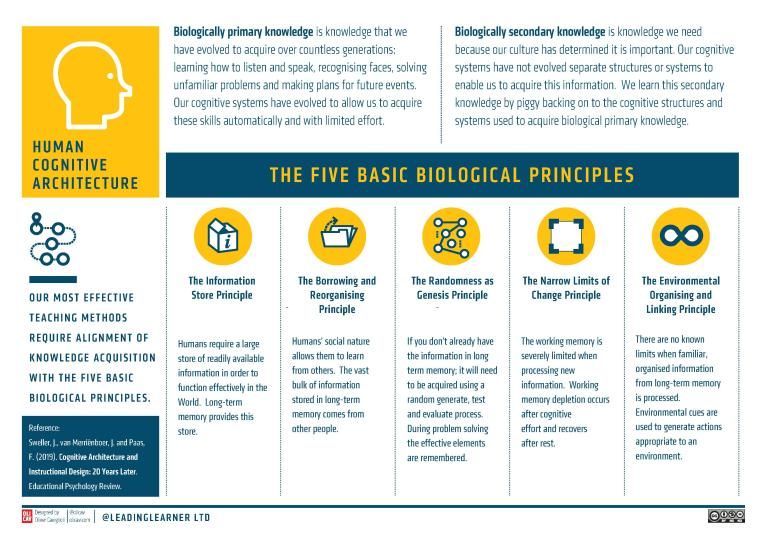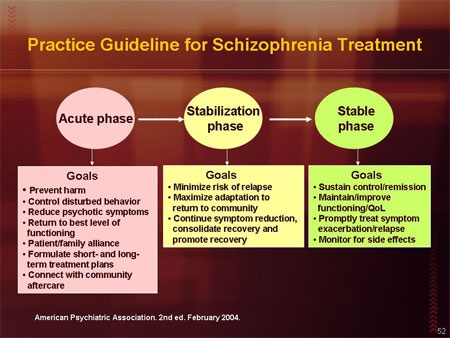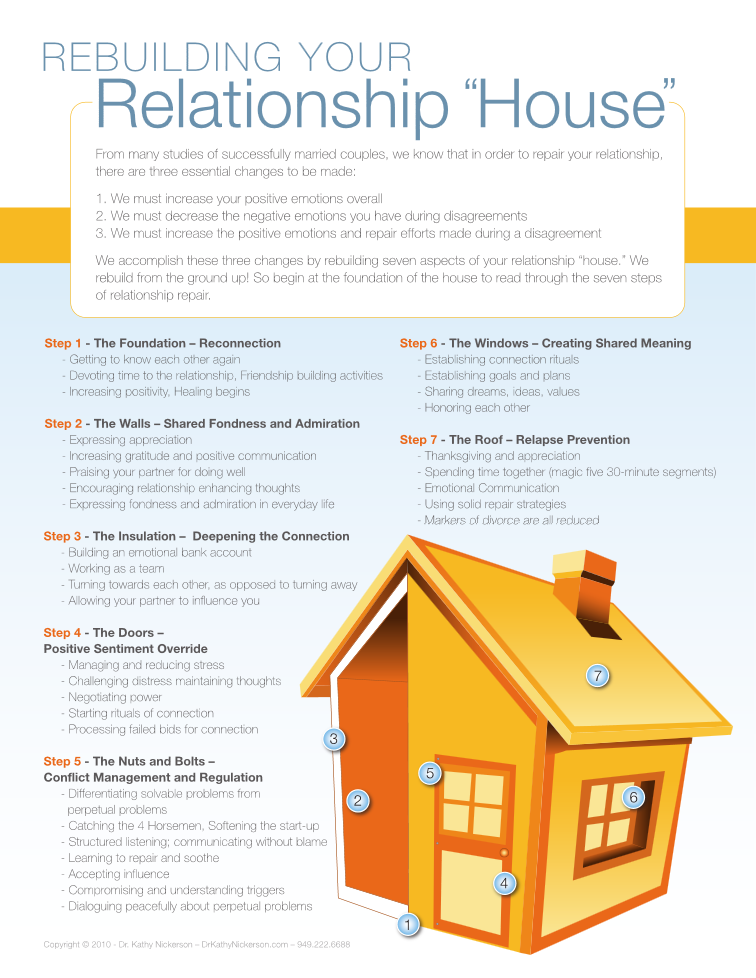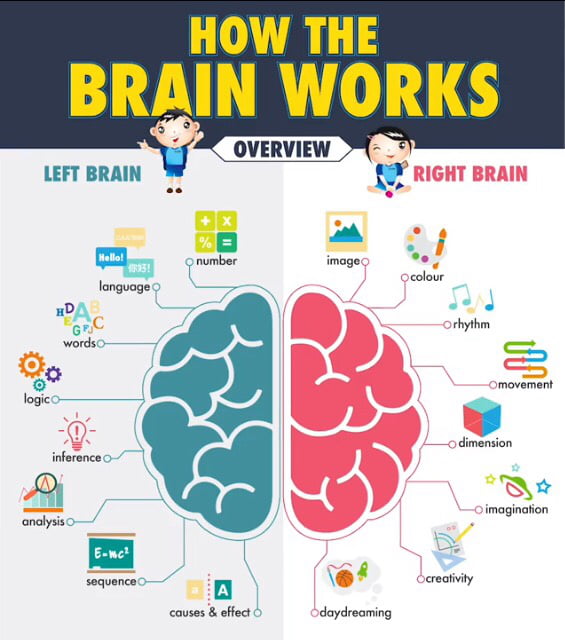Bpd and workplace
BPD in the workplace - Borderline in the ACT
Employers are often at a loss with how to deal with an employee who is diagnosed with BPD. Many employers and co-workers are not prepared to handle someone who displays BPD traits. But a workplace environment can actually provide someone with BPD a degree of much-needed stability and goal-orientation in their lives. Maintaining an understanding of BPD and it’s underlying psychological experiences can help managers, supervisors and co-workers to better handle a difficult employee.
Effects of BPD symptoms
An employee or coworker with BPD may be a good worker when not overwhelmed by their symptoms. However, the effects of BPD symptoms can vary with different workplace situations, affecting job performance and the ability to “fit in” with the work environment. Criticism by a co-worker or manager, professional detachment, or moodiness can trigger feelings of abandonment or rejection which can lead to inappropriate anger, intense emotions, self-harm, or other impulsive behaviours.
Due to the emotional reactivity of BPD, individuals with the disorder can create divisions in the workplace through their tendency to see people as all-good or all-bad as a coping strategy to avoid being abandoned or rejected. This concept is called “splitting” and individuals with BPD may play co-workers against each other, spread gossip or unload their stress and drama onto coworkers without realising of the effects of their actions in the workplace resulting in unstable personal relationships and dividing the workplace.
To see more interview footage on BPD and employment go to Borderliner Notes.
Another tendency of BPD traits, is a history of changing jobs due to unstable sense of identity and goals. The hypersensitivity to their surroundings may cause individuals with BPD to feel that others are humiliating them so working on a team project may induce competitive behaviour rather than cooperation because of the desire for recognition.
Helping an employee with BPD
As an employer, providing an employee with BPD as much consistency as possible is important to providing a stable environment. Try to value each employee’s quirks and personalities as potential strengths in the organisation rather than singling out specific behaviours and focus on expectations from all employees. Although there can sometimes be overt evidence of impulsive or disruptive behaviours, the issues usually manifest in more subtle ways.
Demonstrate validation of emotions and stay civil… Do not cross boundaries and try to document everything.
It can be a challenge interacting with individuals with BPD so it is essential to set limits clearly and stress proper workplace conduct, remind about completing assigned tasks and take consideration of coworker’s feelings. An explanation of the appropriate time and place for different interactions such as meetings, problems and complaints may be necessary. Also be prepared for protests and the possibility that the employee will be mad with you for unknown reasons.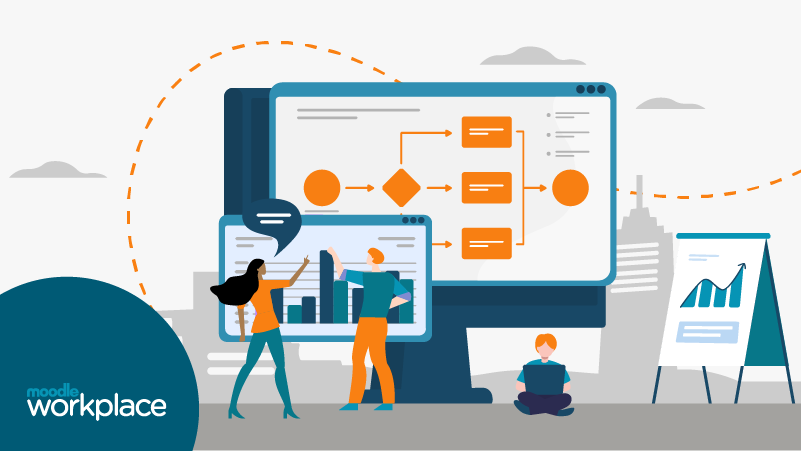 Keep in mind to prevent meetings deteriorating into arguments. Demonstrate validation of emotions and stay civil. You don’t necessarily want to validate an employee’s perspective, instead validate the feelings attached to this perspective – “I hear you” or “I understand the way you feel.” Do not cross boundaries and try to document everything.
Keep in mind to prevent meetings deteriorating into arguments. Demonstrate validation of emotions and stay civil. You don’t necessarily want to validate an employee’s perspective, instead validate the feelings attached to this perspective – “I hear you” or “I understand the way you feel.” Do not cross boundaries and try to document everything.
If efforts to manage an employee or coworker with BPD are ineffective, contact the Employee Assistance Program coordinator at your company to assist the individual. You can encourage the person with BPD that talking with someone through the Employee Assistance Program might be helpful in getting through a stressful period or dealing with an issue.
People with BPD live with difficult emotional experiences every day and may need professional BPD treatment to learn adaptive strategies in managing the symptoms that disrupt their productive work life. Be encouraging of the employee if they do seek proper treatment as you may be investing in an employee with great potential and establishing an open and healthy work environment.
Beyondblue – Discussing mental health in the workplace
Accommodations for employees with BPD
Increasing your workplace’s confidence with mental health means a supportive, positive and inclusive environment that benefits everyone. Several accommodations can be provided by employers for individuals with BPD. Some of these accommodations are designed to support self-care, reduce work-related stress or to encourage positive interactions with coworkers and managers:
- Develop clear, written work procedures and enforce them fairly and equitably to all.
- Encourage attending counselling or psychotherapeutic appointments and allow flexible work scheduling to fit the appointments.
- Allow telephone calls or phone breaks during work hours to therapists and others for needed support.
- Consider a program that allows employees to work from home on some days.

- Allow employees to play soft, quiet relaxing music at their work spaces.
- Provide space enclosures or a private office.
- Offer appropriate praise and reinforcement for positive work interactions.
- Plan for blocks of uninterrupted work time.
- Provide an Employee Assistance Program and encourage use of it.
- Encourage use of breaks and holiday hours.
- Rearrange larger job tasks into smaller tasks.
- Make daily “TO-DO” lists and check items off as they are completed.
- Provide written checklists and instructions.
- Use several calendars to mark meetings and deadlines.
- Establish written long-term and short-term goals.
- Provide sensitivity training to coworkers and supervisors.
- Encourage all employees to move non-work related conversations out of work areas.
- Provide confidential weekly/monthly meetings with the employee to discuss workplace issues and performance.
- Use active listening skills when an employee discussed challenges in the workplace.
 Remember to validate employee’s emotions.
Remember to validate employee’s emotions.
Resources for supporting mental wellbeing in the workplace
Join Heads Up for free tools and resources in taking care of yourself, coworkers, managers and the organisation. Heads Up is a training and education program of beyondblue aimed to build awareness, understanding and strategies addressing mental health conditions in the workplace.
Download Mad Workplaces: A commonsense guide for workplaces about working alongside people with “mental illness”. Go to Our Consumer Place for more publications, articles and newsletters.
Access Work Talk, a self-paced online manual, to learn effective workplace communication and strategies with employees with psychiatric disability.
To make changes to your workplace for an employee with a disability, your costs may be covered by the Employment Assistance Fund.
Become a Mindful Employer to create a positive and supportive workplace, and help avoid the costs of no responding appropriately to mental health problems.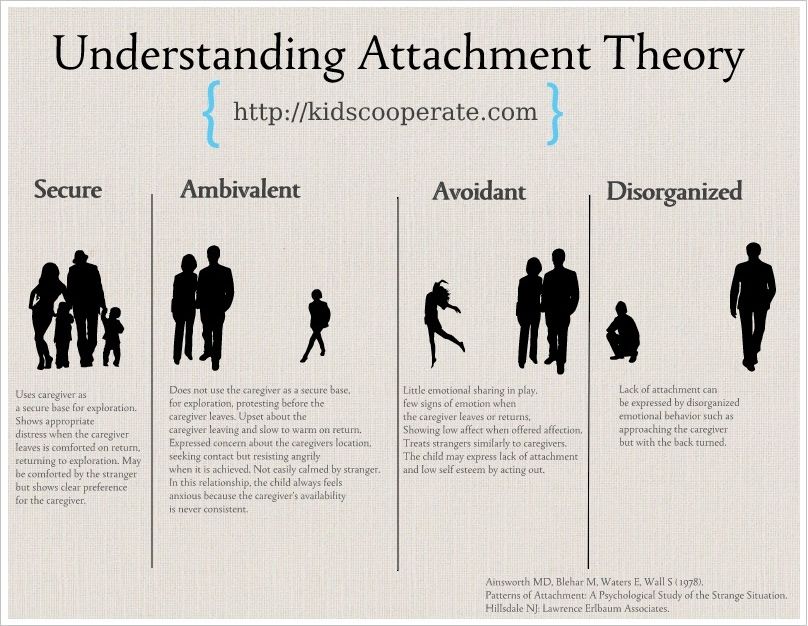
See the 2010 Workers with Mental Illness: a Practical Guide for Managers for information on how to appropriately support workers with mental illness and how to develop and promote a safe and health work environment for all workers.
Be recognised as a Mental Health First Aid Skilled Workplace by enrolling your organisation to a course near your workplace.
Enrol in SAFE at Work? workshop. This program is committed to the promotion of improved mental health practices and emotional wellbeing in the workplace and offers training workshops for employees, supervisors, managers and employers. Check out the training calendar for the next workshop near you.
Learn from Business in Mind a workplace mental health promotion program designed for small to medium enterprise owner/managers. The Business in Mind DVD and resource kit are free.
Sources
BPD at Work: Symptoms That Can Block “Fitting In”
BPD impacting employment
Dealing with BPD in an Employee or Coworker
How to Manage an Employee with Borderline Personality Disorder
Personality Disorders in the Workplace: The Impulsive, Divisive Employee
“SPLITTING” AT WORK: How High-Conflict People Divide Organizations
Understanding mental health in your workplace
Validation as a Key to Workplace Success for Employees with Borderline Personality Disorder
What are your rights and obligations around mental health in the workplace?
Winning in the Workplace With Borderline Personality Disorder
Tips for Interacting with a Coworker with BPD
Dealing with coworkers can be difficult enough with the variety of personalities thrown together in a single space. Add a coworker with Borderline Personality Disorder (BPD) into the mix and it becomes even more complicated.
Add a coworker with Borderline Personality Disorder (BPD) into the mix and it becomes even more complicated.
You may find a coworker with Borderline Personality Disorder to be manipulative, dishonest, unethical, and willing to cause harm to other employees to achieve their employment goals. While this type of behavior may occur with or without the presence of BPD, it’s good to be aware of the symptoms of Borderline Personality Disorder and how to best interact with your follow employee.
Coworkers with Borderline Personality Disorder are often easy to spot. They are the coworkers who are constantly battling with someone in the workplace or they are constantly unloading their anxiety on you or others about office drama or their stressful personal lives.
How do you know if your coworker has Borderline Personality Disorder? Your coworker may have BPD if they show the following symptoms, according to the National Association of Mental Illness (NAMI):
- Inappropriate, intense, or uncontrolled anger
- Intense mood swings
- Compulsive behaviors, such as substance use or binge eating
- Recurring suicidal threats or self-harmful behavior
- Unstable, intense personal relationships, including those at home and at work
Coworkers with Borderline Personality Disorder can easily feel rejected by others. Someone with BPD may feel rejected if you appear to be better friends with someone else or disagree with his or her opinion. You may find yourself in an awkward position as you compete for recognition or have to work on a project with someone with BPD, which also can trigger feelings of rejection.
Someone with BPD may feel rejected if you appear to be better friends with someone else or disagree with his or her opinion. You may find yourself in an awkward position as you compete for recognition or have to work on a project with someone with BPD, which also can trigger feelings of rejection.
A workplace can be a positive thing in the lives of people with Borderline Personality Disorder. It can provide stability, socialization, financial compensation, and professional development for its employees.
But for people with BPD, a workplace can also be a source of stress and tension that aggravates BPD symptoms. While at times a workplace feels like a great supportive environment where everyone cares for each other, it can just as easily feel rejecting and isolating. One comment or action from a coworker can throw off the stable environment for a person with Borderline Personality Disorder.
If your coworker has Borderline Personality Disorder, keep the following tips in mind:
- Coworkers with Borderline Personality Disorder aren’t going to change, so you need to change the way you respond to them.

- Stay civil but do not cross any boundaries. Crossing boundaries could later be used against you.
- Be as consistent with your behavior toward them as you can.
- Try to keep things on decent, civil terms and document everything. Cover yourself at every turn.
- Learn as much as you can about Borderline Personality Disorder and try not to take any irrational actions personally.
If you are managing an employee with BPD, follow the link for ways to more effectively do so.
404 Not Found – TRANSPORT CONSULTING LLC
Oops..., I cannot find the page you are looking for, sorry... ( Error 404 )
Let me help you find this:
- Search for it:
Search for:
- If you typed in a URL... check the spelling and try reloading the page. nine0010
- Start over again with the Home page.

SUBSCRIBE, it's free!
and Stay up to date with new articles
TO THE NEWSLETTER
Close
Responsible for traffic safety!
Do not miss
You will always be the first to know about changes in laws, interesting articles and ready-made road safety solutions
Keep me posted
SUBSCRIBE, it's free!
Be the first to know about changes in laws, interesting articles and ready-made solutions to ensure UBI
TO THE NEWSLETTER
Close
QUESTIONNAIRE
Join the team of professionals
SEND
We are against spam. Everything is confidential.
training and retraining of the Responsible, traffic controller and controller
Qualification requirements
Any legal entity or individual entrepreneur operating vehicles (vehicle) in accordance with Art. 20 196-FZ "On Road Safety" are required to appoint a person responsible for ensuring road safety, who has been certified for the right to engage in relevant activities. Professional and qualification requirements are approved by the Order of the Ministry of Transport of the Russian Federation of September 28, 2015 N 287, one of the following requirements is imposed on a specialist responsible for ensuring road safety:
Professional and qualification requirements are approved by the Order of the Ministry of Transport of the Russian Federation of September 28, 2015 N 287, one of the following requirements is imposed on a specialist responsible for ensuring road safety:
- a diploma of higher education in the field of study, which is included in the enlarged group 23.00.00 "Equipment and technology of land transport", and who has passed attestation in accordance with the established procedure for the right to hold the relevant position;
- a diploma of higher education in the field of study that is not included in the enlarged group 23.00.00 "Equipment and technology of land transport", and a diploma of professional retraining with the qualification of a person responsible for ensuring road safety, and passed in the prescribed manner certification for the right to occupy the relevant position. nine0072
Appointment
If there is no specialist responsible for road safety in the state, then the manager must decide:
- independently be responsible for ensuring traffic safety,
- appoint a specialist from the existing staff,
- hire a separate specialist.

